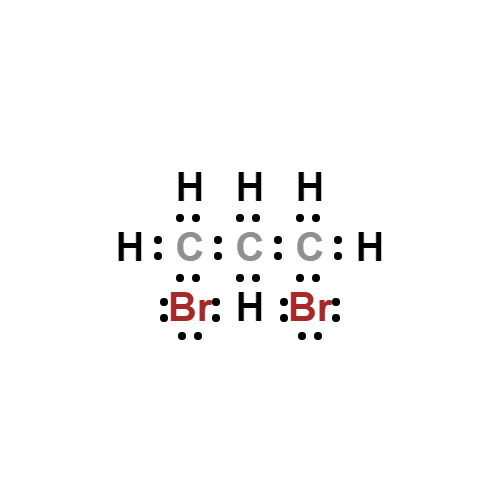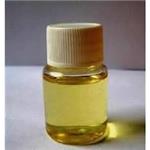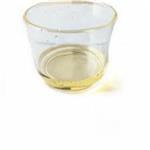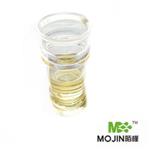Chemical Properties
1,3-Dibromopropane is a colourless to slightly yellow liquid with sweet odor. soluble in ether, acetone and chloroform, insoluble in water. Decomposes when exposed to heat for a long time and is partially converted to 1,2-dibromopropane. Boiling with water produces propylene glycol. It is used substrate specificity of haloalkane dehalogenases.
Uses
1,3-Dibromopropane is used to prepare C3-bridged compounds through C-N coupling reactions. It is used in the preparation of 2,3,4,5-tetrahydro-7,7-diphenylimidazo- [2,1-b]-thiazine-6(7H)-one by reacting with potassium salt of 5,5-diphenyl-2-thiohydantoin.
General Description
1,3-Dibromopropane is a dihalogenated propane. It undergoes reduction catalyzed by electrogenerated solution-phase nickel(I) salen and nickel(I) salen confined in a polymer film on the surface of a carbon electrode to afford cyclopropane and propylene, respectively.
Hazard
Colorless liquid; sweet odor. Insoluble in water;
soluble in organic solvents. Combustible.
Synthesis
1,3-Dibromopropane can be prepared via the free radical addition between allyl bromide and hydrogen bromide. It can derived from the reaction of propylene glycol with brominated hydrochloric acid.
Purification Methods
1,3-Dibromopropane [109-64-8] M 201.9, f -34.4o, b 63 -63.5o/26mm, 76 -77o/40mm, 9 0o/80mm, 165o/atm, d 4 1.977, n 1.522. Wash the dibromide with dilute aqueous Na2CO3, then water. Dry and fractionally distil it under reduced pressure. [Beilstein 1 IV 216.]








